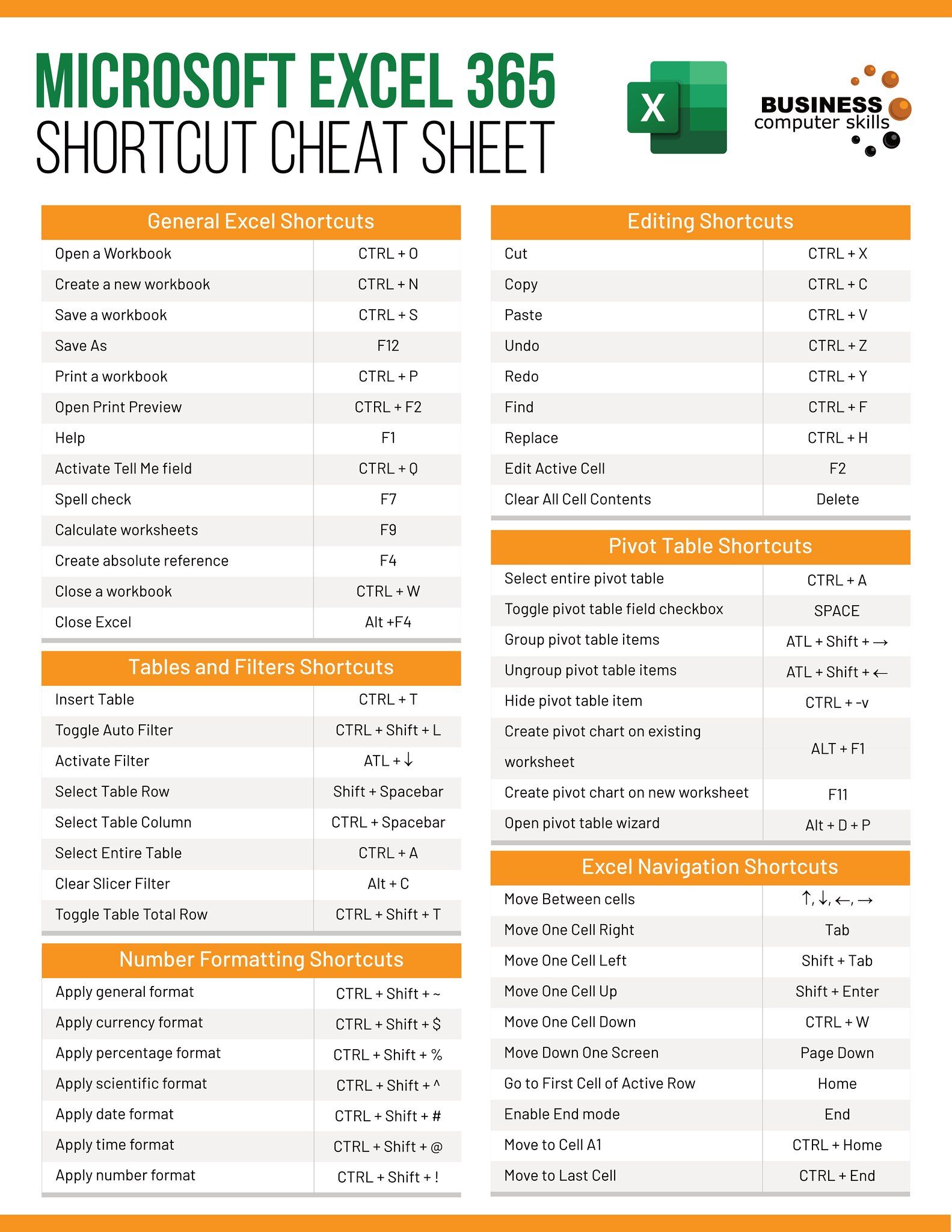Discover the Top Number on Your Excel Sheet Easily

Understanding Your Excel Spreadsheet

When working with large datasets in Microsoft Excel, it's not uncommon to need to find the largest value quickly. Whether you're managing sales figures, tracking inventory, or analyzing any other numerical data, knowing how to locate the highest number can provide valuable insights. Here's how you can easily identify and extract the top number from your Excel sheet with minimal effort.
Using the MAX Function

The simplest way to find the highest number in a range of cells is by using the MAX function. Here’s a step-by-step guide:
- Select a cell: Pick an empty cell where you want the result to appear.
- Enter the formula: Type the following formula into the formula bar:
=MAX(A1:A50) - Press Enter: The cell will now display the largest number from your specified range.
📌 Note: Replace A1:A50 with the actual range of cells you wish to examine for the maximum value.

Conditional MAX Functions

If you need to find the largest number under certain conditions, Excel's MAXIFS function is your ally:
- Select a cell: Choose where you want the result to appear.
- Enter the formula: Use the following formula:
=MAXIFS(A1:A50, B1:B50, ">500") - Press Enter: Excel will calculate the largest value that meets your conditions.
📌 Note: In this example, the formula looks for the maximum value in column A where the corresponding value in column B is greater than 500. Adjust the conditions as needed.
Using a Pivot Table

For more complex data analysis, a pivot table can help not only find the highest value but also provide a summary:
- Select Data: Highlight your dataset.
- Insert Pivot Table: Go to Insert > PivotTable.
- Configure: Drag the field you want to analyze into the "Values" area and select "Max" from the dropdown menu for aggregation.
- Analyze: The pivot table will now show the top value from your selected data.
| Field | Area | Aggregation |
|---|---|---|
| Sales | Values | Max |

Handling Multiple Conditions with Array Formulas

If you need to handle multiple conditions or more complex logic, Excel's array formulas can be extremely powerful:
- Select a cell: Choose your destination for the result.
- Enter the Array Formula: Type:
=MAX(IF((B1:B50="North")*(C1:C50="Electronics"), A1:A50)) - Press Enter: Your formula will calculate the maximum value under specified conditions.
📌 Note: Use Ctrl+Shift+Enter to execute array formulas in older versions of Excel. In newer versions, this step is not necessary.
In conclusion, finding the highest number in Excel can be as straightforward or as detailed as your data requires. From simple functions like MAX to more complex operations using array formulas or pivot tables, Excel offers multiple avenues to suit your analytical needs. By mastering these methods, you can quickly extract key insights from your spreadsheets, empowering you to make more informed decisions based on your data.
What if my data is spread across multiple sheets?

+
To find the highest number across multiple sheets, you can use a 3D reference with the MAX function. The formula would look something like this: =MAX(Sheet1:Sheet3!A1:A50). This formula searches for the maximum value in cells A1:A50 across Sheets 1, 2, and 3.
How can I find the second or third highest value?

+
Use the LARGE function instead of MAX. For the second largest, the formula would be =LARGE(A1:A50, 2), and for the third largest, =LARGE(A1:A50, 3).
What if my data contains text or errors?

+
Excel’s MAX function can handle errors and non-numeric data by simply ignoring them. However, to ensure no errors are included, you can use an IF statement within your formula to filter out errors: =MAX(IF(ISNUMBER(A1:A50), A1:A50)).



